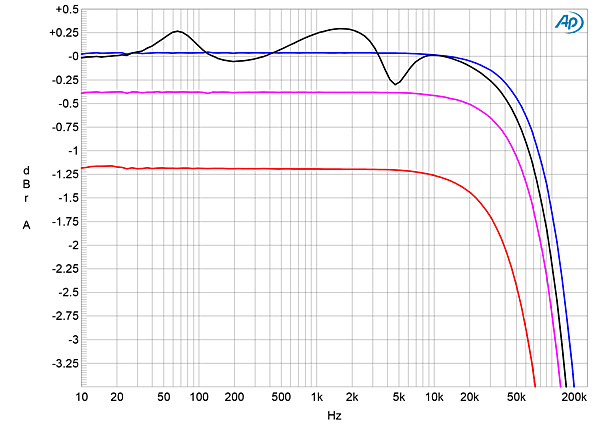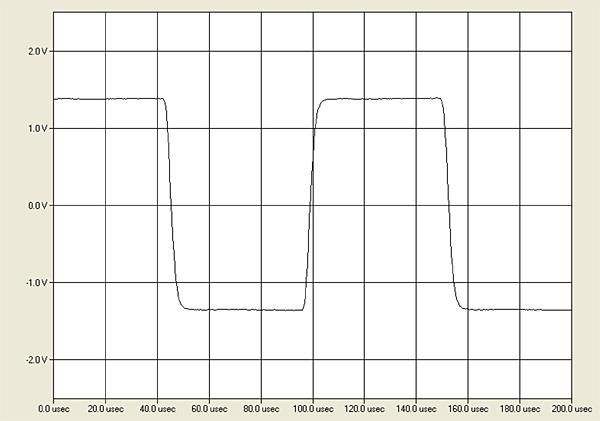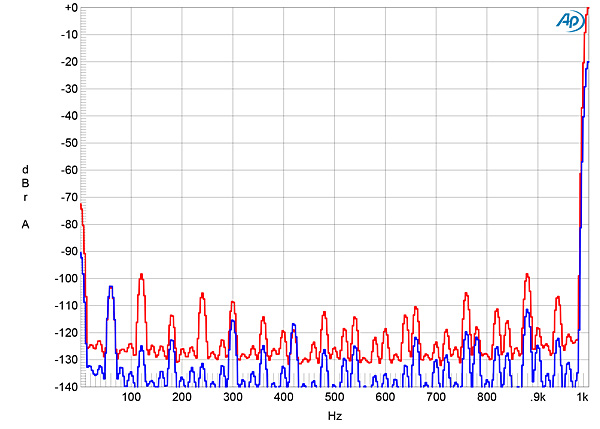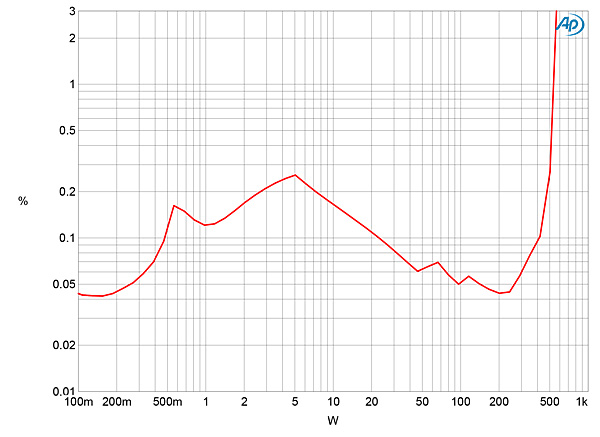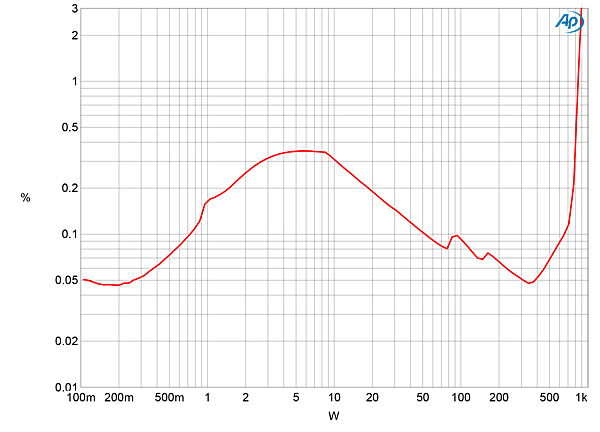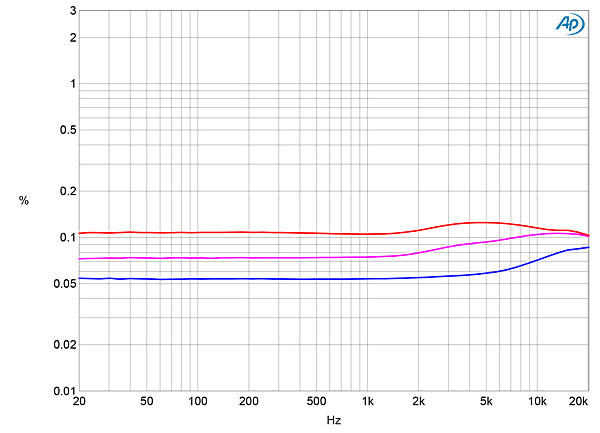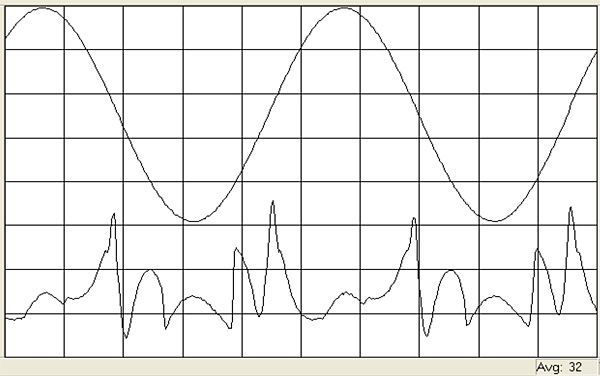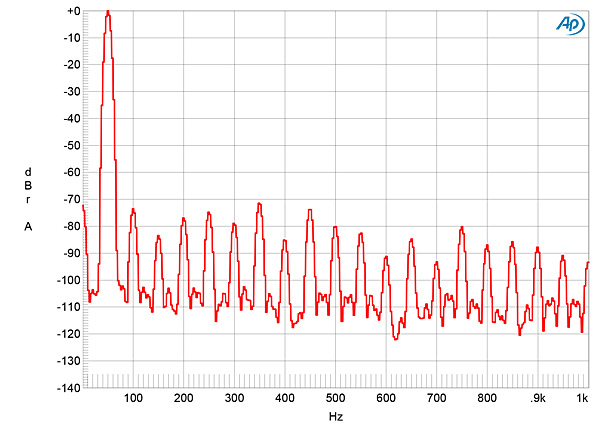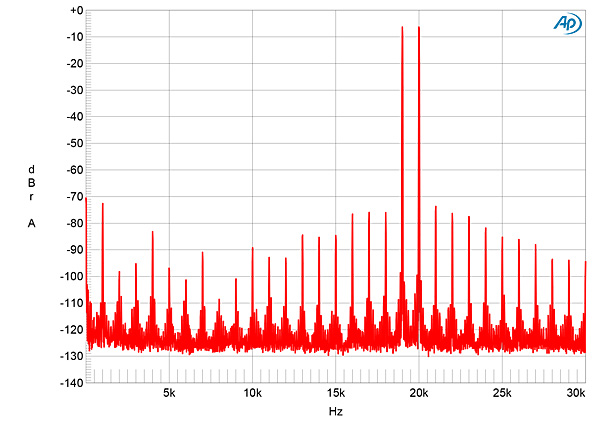| Columns Retired Columns & Blogs |
Let me get this straight. Serinus reviewed a $45,000 pair of amps and didn't notice that one of them wasn't working properly THE ENTIRE TIME? This guy has turned into an ongoing source of embarrassment and if it wasn't for Mike, Herb and Ken I would have canceled my sub strictly because of his incompetence, not to mention his elitism. This review should have been shelved and rewritten, preferably by someone else, until both amps were working properly.
